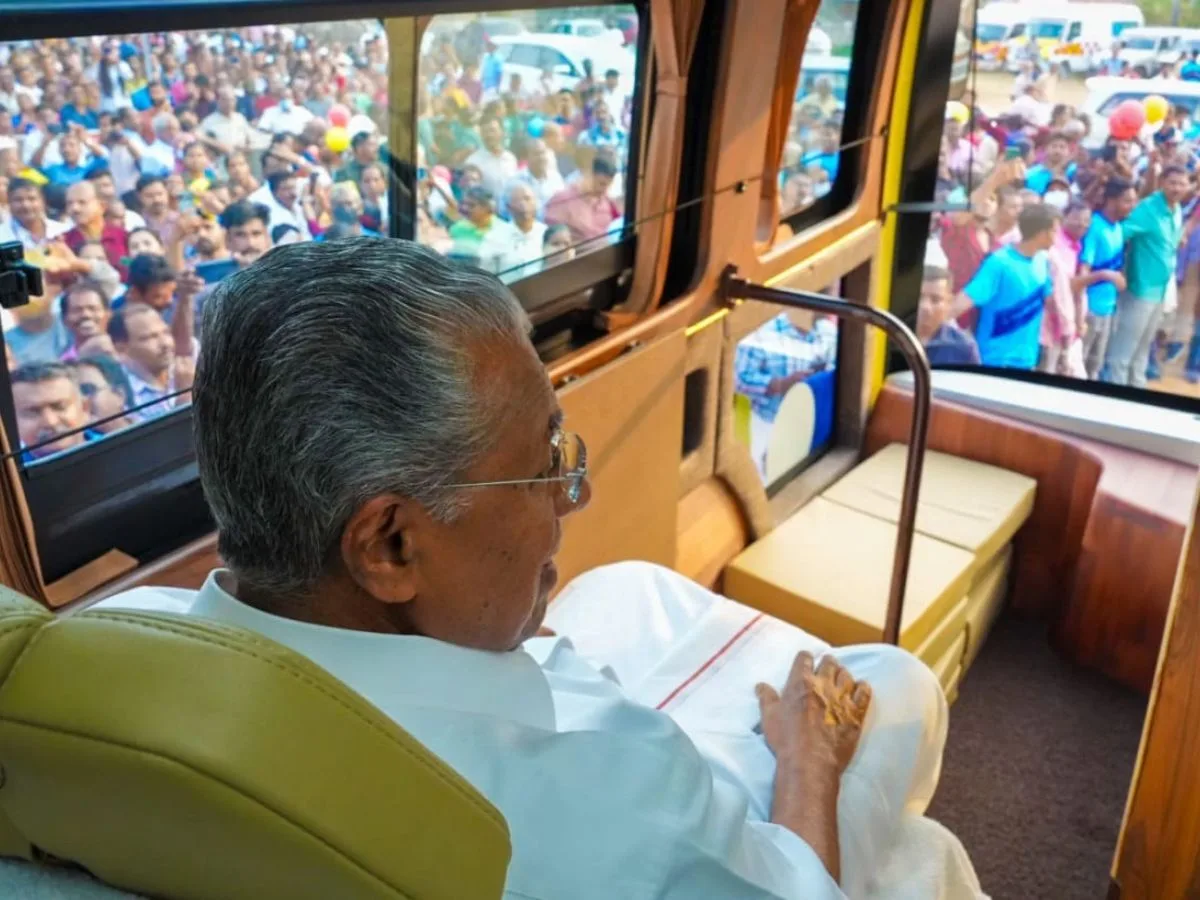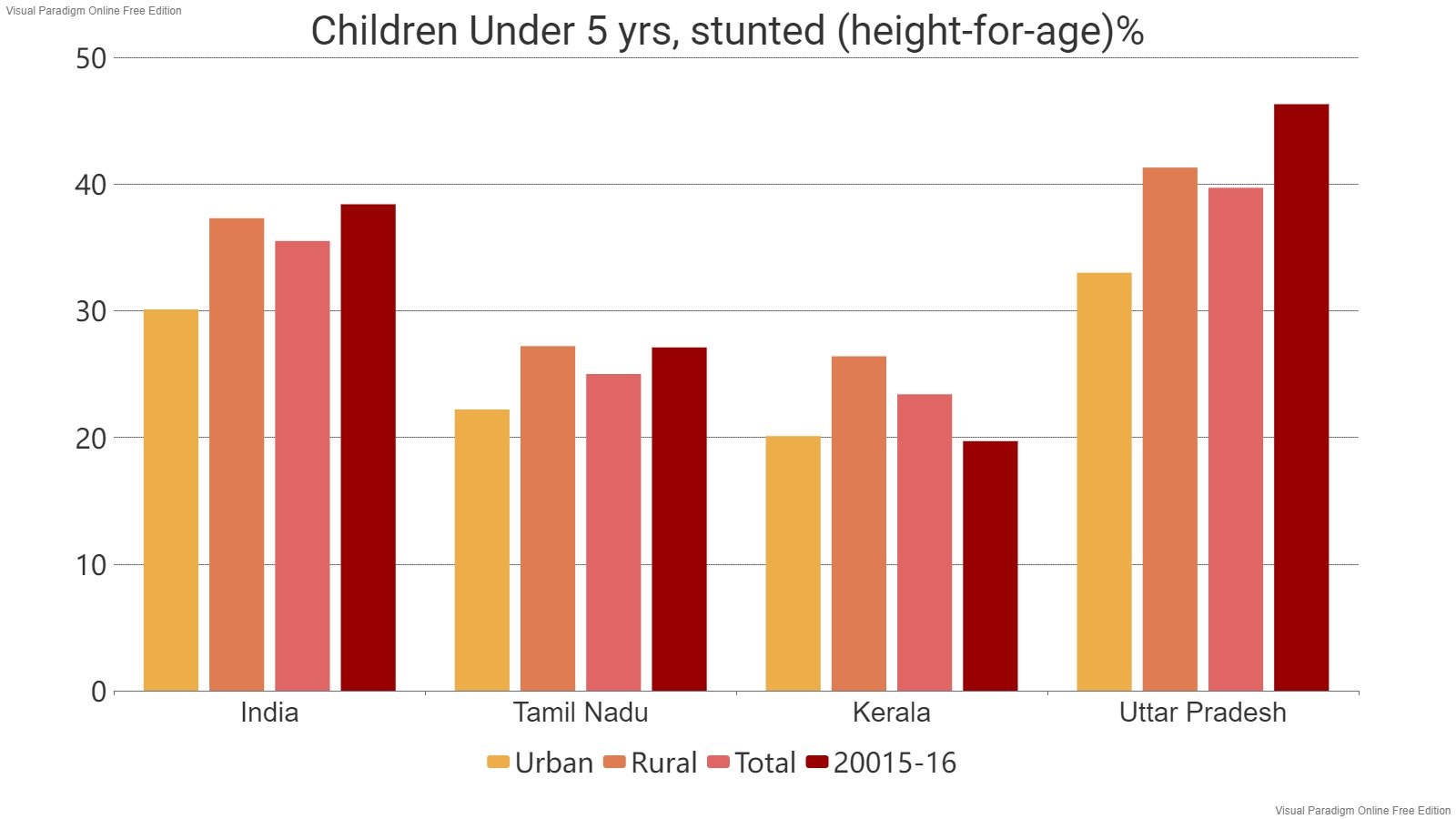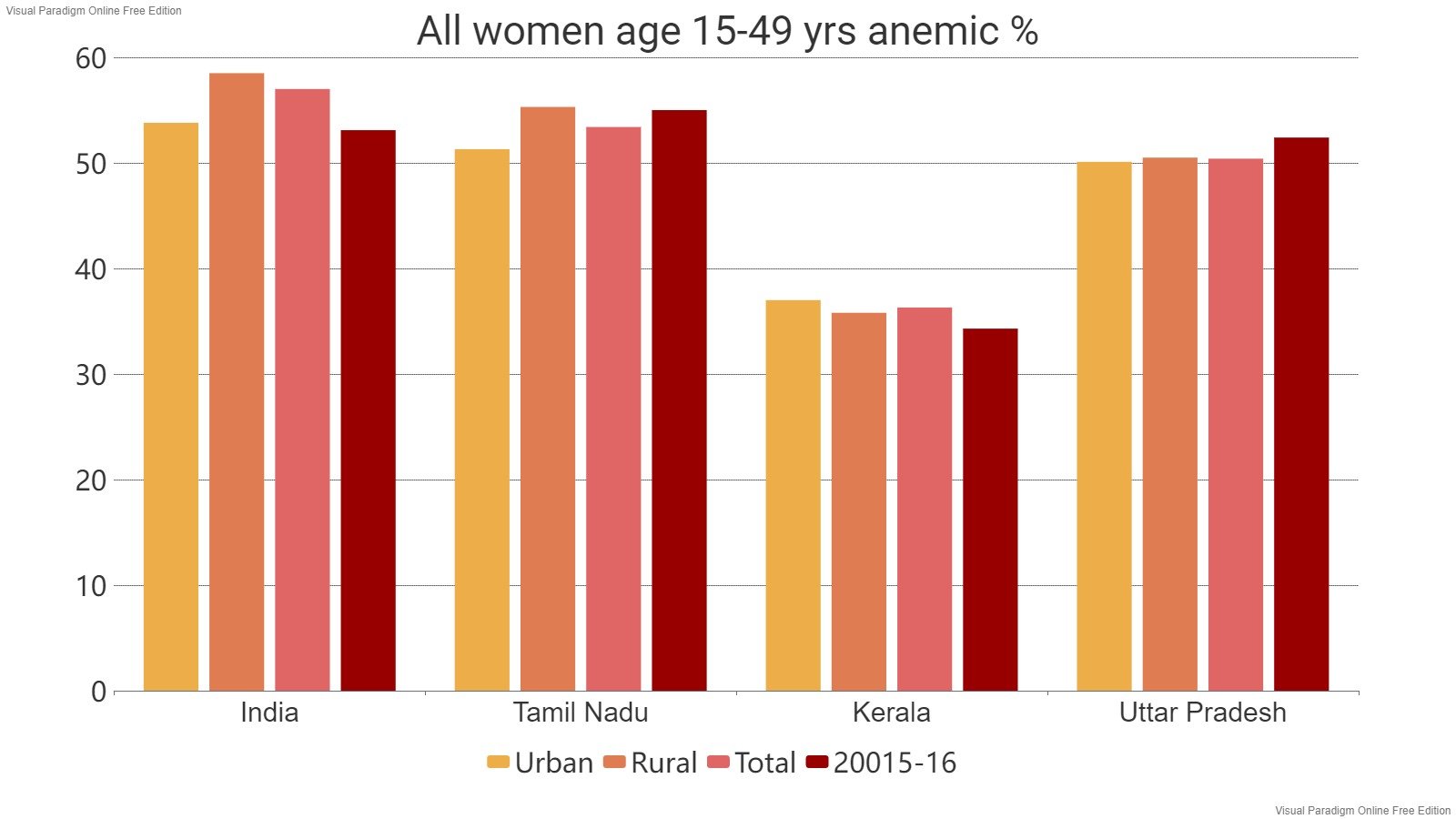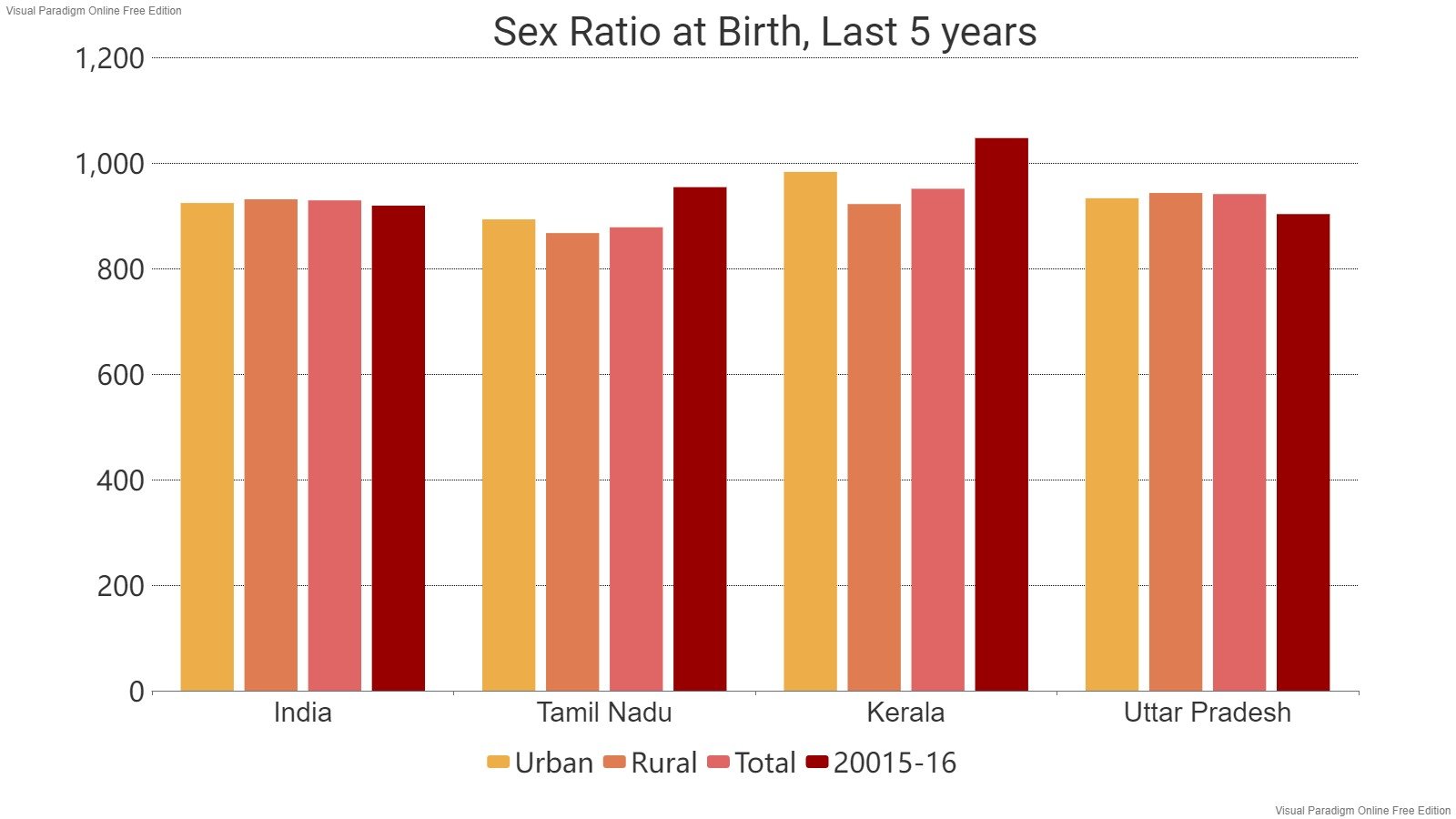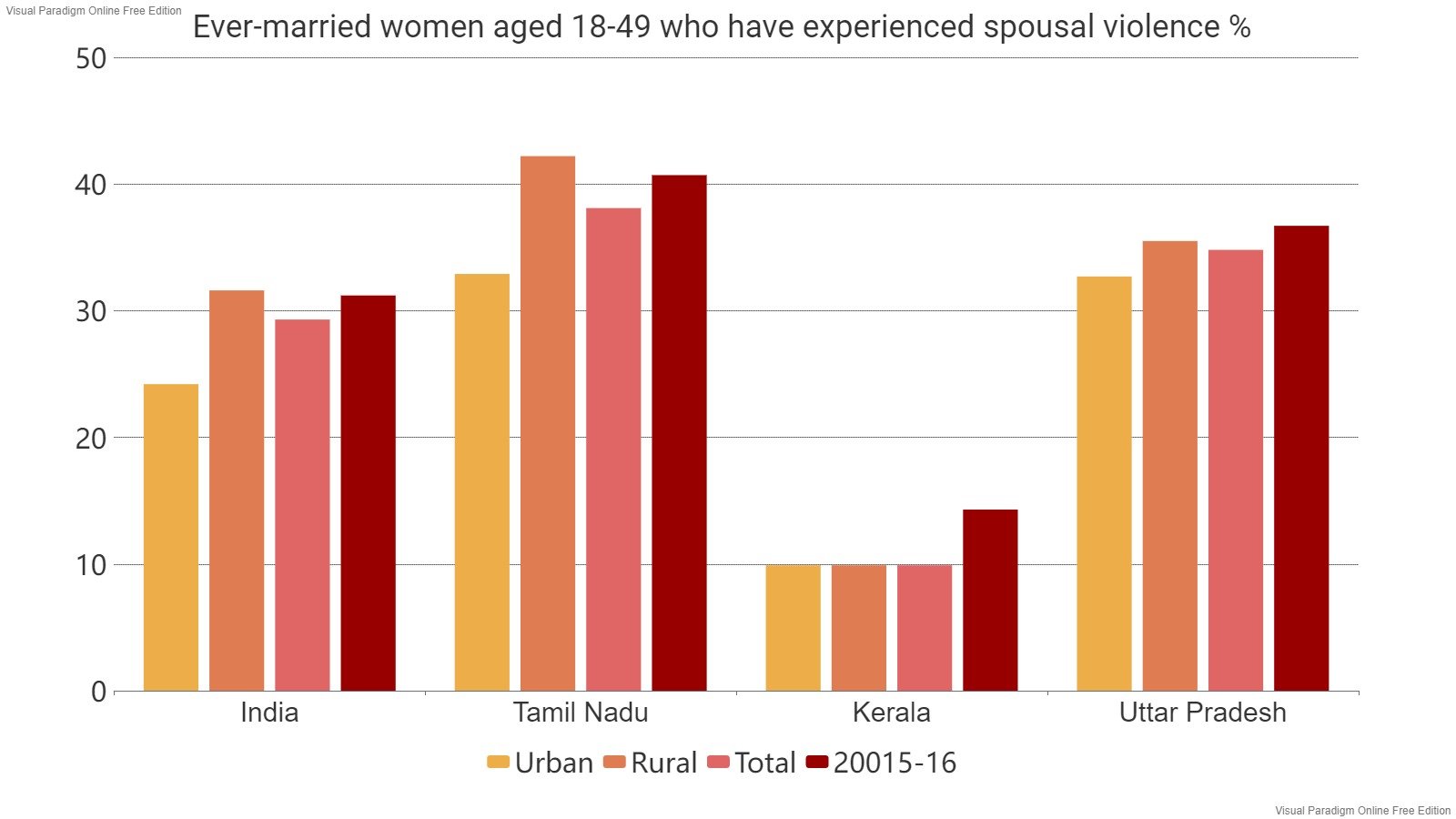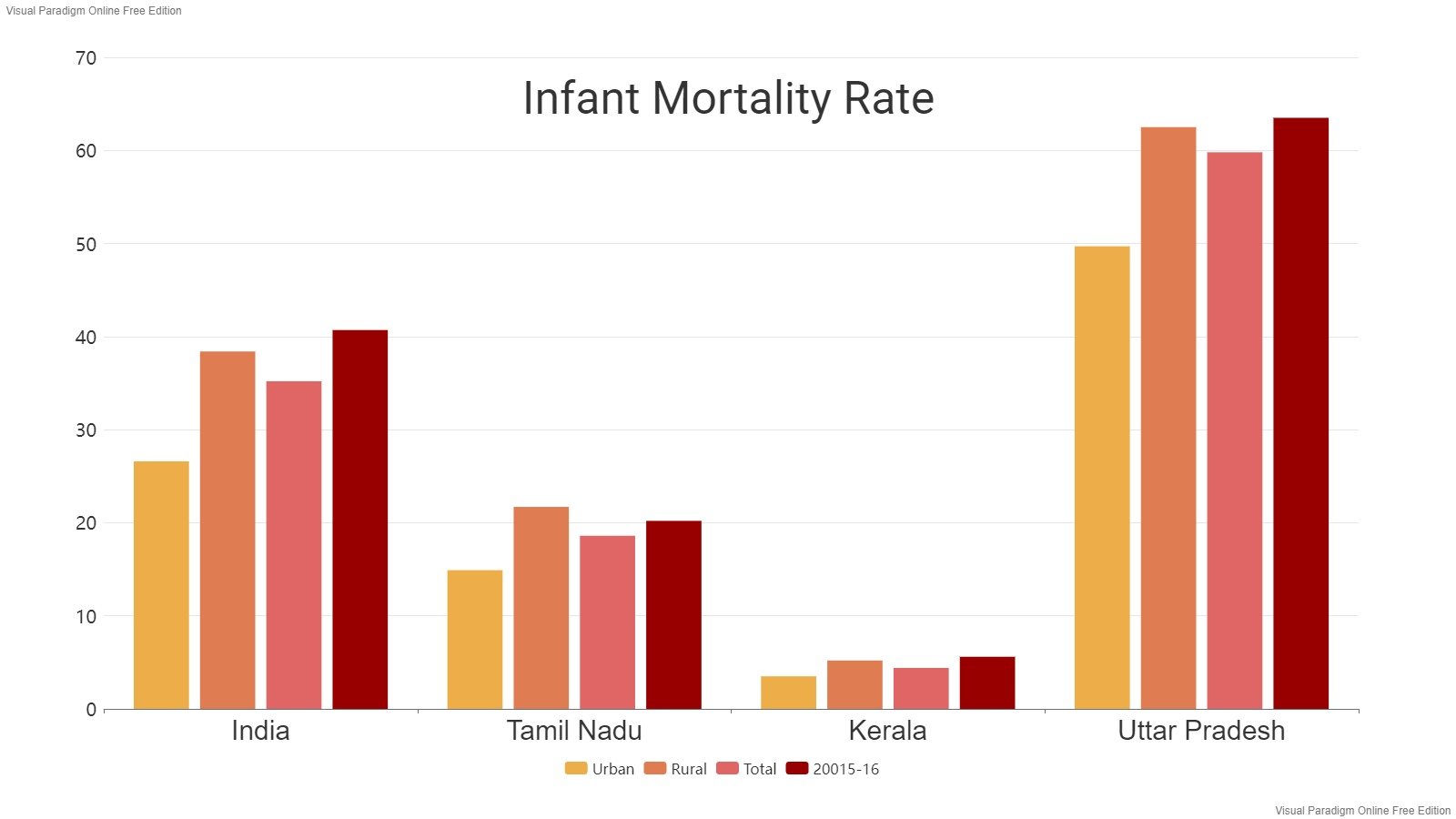Read in : தமிழ்
Ethanol blending is recognised as a climate change fix since the carbon emission from the fuel comes from the atmosphere through the biological material.
Bioethanol, a biofuel that can be blended with automotive fuels to reduce costs and pollution, is not new, but India as a whole and Tamil Nadu as a rice producer have not devoted enough attention to tap wasted resources such as rice straw to produce it.
The Union government has in place a National Biofuels Policy 2018 to support production, and is pursuing an ethanol blending programme for fuels. The policy provides an indicative target of 20% blending of ethanol in petrol and 5% blending of biodiesel in diesel by 2030 and the target of 20% blending of ethanol in petrol has been brought forward to 2025-26, according to information provided in the Lok Sabha in April.
The mission theoretically uses a variety of substrates to produce ethanol, such as cotton stalk, wheat straw, rice straw, bagasse, bamboo besides traditional molasses. The focus is to shift bioethanol production away from food crops and to other waste agriculture resources.
Yet, the scope of cutting down farm waste that is high in lignocellulosic material by tapping it for ethanol production is far from realised. Bioethanol is produced by enzymatic hydrolysis and fermentation of complex carbohydrates in straw, first converting them into simpler form.

N. Parasuraman, Principal Archivist and Knowledge Manager at M.S. Swaminathan Research Foundation, Chennai.
One of the campaigners for a more hands-on approach by governments to the question is N. Parasuraman, Principal Archivist and Knowledge Manager at M.S. Swaminathan Research Foundation, Chennai. “It is possible to usher in a future revolution in biofuels. One lead agency, such as ICAR or the Agriculture Ministry or an NGO can take this up, and in Tamil Nadu, an experimental project can be launched in Thanjavur or Tiruvarur to use rice straw to produce bioethanol,” he says. Cattle have lost their appetite for machine-harvested paddy, leaving more of it as waste, he adds.
Bioethanol is produced by enzymatic hydrolysis and fermentation of complex carbohydrates in straw, first converting them into simpler form
India produces about 120 million tonnes of rice a year, and the indicative conversion of rice to straw is nearly 1.5 kg of straw for every kg of rice produced. Clearly, there is enormous scope to use rice straw in ethanol production, without affecting food supply. Such an approach would also get rid of the problem of straw burning in the northern belt particularly in Punjab, with its annual cloud of pollutants sweeping the States towards the East.
Not so easy
While the promise is tantalising, the technical literature says producing bioethanol from rice and wheat straw involves refining the process through pre-treatment and co-fermentation, in order to remove the lignin and also to help the hydrolysing enzymes work better. This can potentially raise the yield and efficiency, according to an article by Manas R. Swain and colleagues of the DBT-IOC Centre for Advanced Bio-energy Research Centre, Faridabad, in the publication Bioethanol Production From Food Crops (Elsevier).
Dr. Parasuraman suggests that making farmers and Farmer Producer Organisations partners in the exercise will help come up with viable technologies. The only concern would be to locate the facilities away from habitations, to avoid any apprehensions among rural communities. Raising the game on bioethanol production involving youth will also open up a new avenue for employment, he says. The agriculture research station at Aduthurai, near Kumbakonam, is a good example of a model institution that takes up such new research.
Official Petroleum Ministry data on ethanol supplied for the ethanol blending programme show that adding farm-based bioethanol from rice residues could be a game changer
In fact, he adds, opportunities for innovation in agriculture need to be exploited in a big way in Tamil Nadu. For instance, it is possible to grow basmati rice in the Cauvery Delta, between October and January due to the climate profile. This must be exploited to raise the profile of Tamil Nadu rice cultivation and also meet the demand for basmati.
To scientists, bioethanol production through high-efficiency methods has a clear impact on greenhouse gas emissions too. In a paper published in Renewable and Sustainable Energy Reviews, Renu Singh, Monika Srivastava and Ashish Shukla (2015) write that when there is a comparison between rice straw transportation, use of enzymes and chemicals, burning of by-products and the ethanol itself on the one hand and the stopping of straw burning, fossil-fuel combustion and electricity generation on the other, use of rice straw for bioethanol becomes a sustainable means of utilising waste.
Official Petroleum Ministry data on ethanol supplied for the ethanol blending programme show that adding farm-based bioethanol from rice residues could be a game changer. Distilleries produced and supplied to Oil Marketing Companies for blending with petrol under the Ethanol Blended with Petrol (EBP) Programme, 188.80 crore litres, 173.10 crore litres and 302.30 crore litres respectively during 2018-19, 2019-20 and 2020-21 respectively.
Tamil Nadu could well lead this revolution, by helping to develop high efficiency production technologies for bioethanol from waste rice straw.
Read in : தமிழ்




